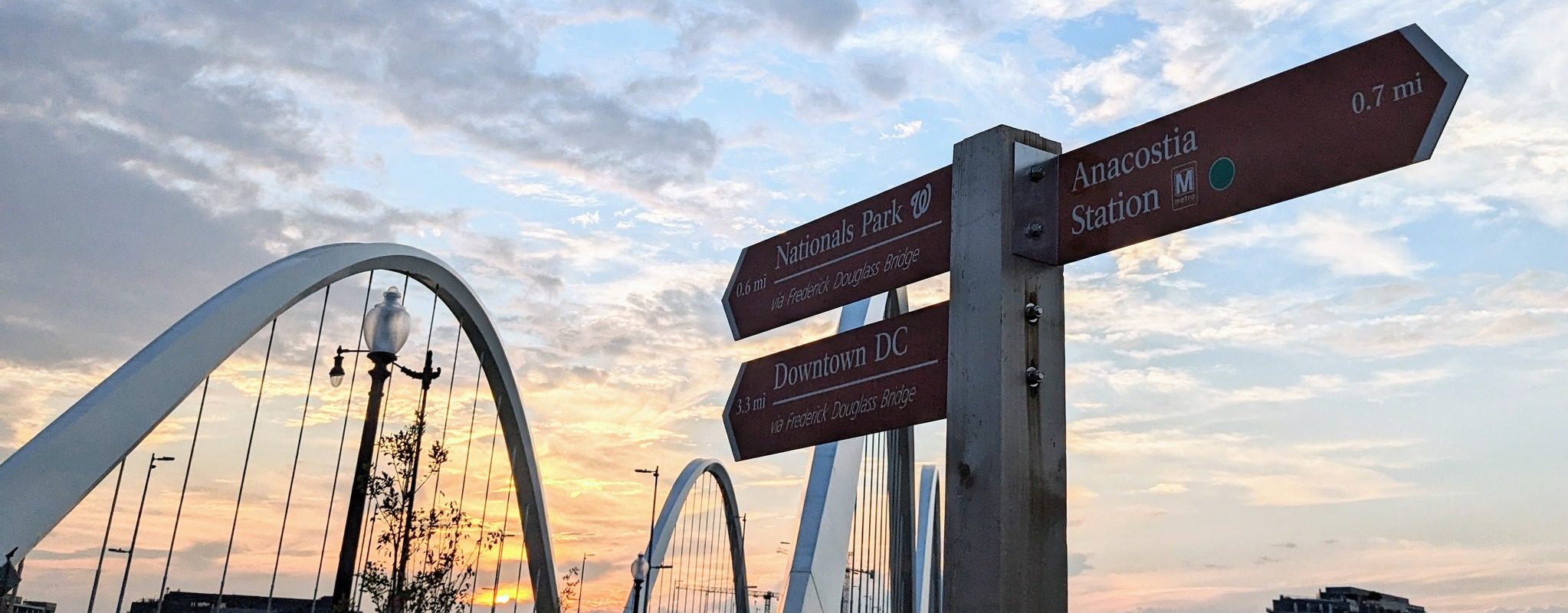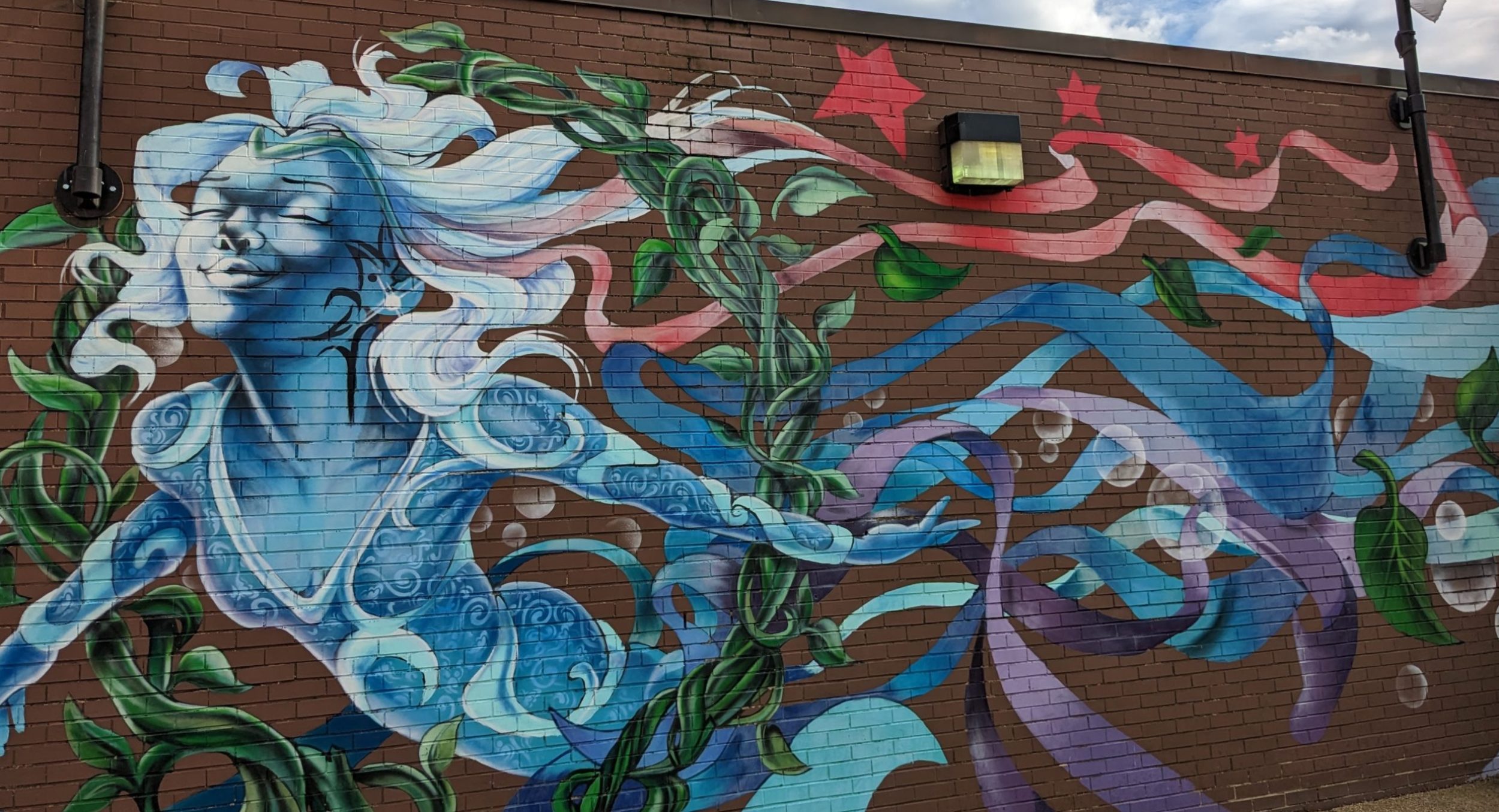The Muslim prayer call echoed up to us at dusk from mosques all over Fes, shown below. The only word I understood was the name of God, Allah, stretched out into a cry and repeated and repeated and repeated. Aaaahhhhhlaaahhhhh. Aaaahhhhhlaaahhhhh. Aaaahhhhhlaaahhhhh.
Try to pick out the towers in the picture above. These are the minarets, from which the prayer call rang out. Fes may have more than 365 minarets, says “The Rough Guide to Morocco,” 2004 edition.
I stood and listened in silence to the call with my friend Janis Blayne Paul, who has been one of my favorite people in the world to talk to for the past 16 years. Janis, grounded in Judaism, is curious about other people’s approaches to finding peace. She practices yoga and has read Eastern philosophies.
Janis would pause from sightseeing during our week in Morocco when
we heard the prayer call, and take a moment to listen. The prayer call is tied to the path of the sun. The first call of the day welcomes dawn, telling listeners that prayer is better than sleep. The calls ring out again at midday, midafternoon, at dusk and when night falls.
Beneath us on that first day in Fes was the old city. Janis and her husband Rich and my husband David and I would spent much of two days there. Men called out constantly, asking us to see what they sold in their shops. Leather shoes with pointed toes known as babouches. Spices. Hookahs. Handbags. Teapots. Dates. Rugs.
Donkeys carried bags, crates and even furniture through the narrow winding streets.
Plaster, Wood and Tile
The hustle of the medina is just a side show for its real attraction, its buildings. Craftsmen more than a millennium ago began working on Fes. The city dates to 789, and blossomed in the 11th to mid-14th centuries.
There was enough wealth and stability to support generations of artisans who could make things like this:
Morocco still has plenty of craftsmen. While hawkers of tourist schlock and tours were aggressive and even, in a few cases, unpleasant, the workers in shops selling real crafts were relaxed and fun.
While Janis and Rich considered a beautıful tile, the man working in the shop chatted with me and gave them time and space to look it over. We wound up talking about Spain, where many of his customers come from, and Moorish art.
Invaders from Morocco reached Spain in the eighth century A.D. They created there centers of trade and scholarship and some of the world’s most beautiful buildings, including the Alhambra in Granada. Moorish Cordoba was the largest city in Europe by the 10th century, Encyclopedia Britannica says.
Grand Inheritance
Fes blossomed under two dynasties that stretched from north Africa to Spain, the Almoravids and Almohads of the 11th to 13th centuries.
By 1492, though, the last Moorish kingdom, Granada, fell to Spain’s Ferdinand and Isabella. That was a good time for the royal couple. Columbus set off that same year on their behalf on the voyage where he would hit the New World.
While Spain would cast out its Muslims for the next century, it kept their arts and style such as lavish courtyards set around fountains. The Spanish even brought Moorish art to the Americas.
There is nothing like getting a peak through an open door in the French Quarter of New Orleans, which the Spanish held from 1763 to 1803. An unimpressive entrance gives a view of a splendid patio where you could easily take a seat and let an afternoon drift by.
Mexico, in addition to courtyards and fountains, has tile work as beautiful as that seen in Morocco. There were overlapping art exhibits in Washington in 2004 that got me thinking of Mexico’s rich inheritance. At the east end of the Mall, the National Gallery of Art’s Courtly Art of the Ancient Maya showed the masks, sculptures and jewelry produced centuries before the Spanish arrived in Mexico.
At the west end of the mall, the Sackler museum had its show,
Caliphs and Kings: The Art and Influence of Islamic Spain.
Good Sports Get Goats’ View
The Merenid dynasty oversaw much of the decline of Islamic Spain, while improving Fes, according to the “Rough Guide.” Among its works were tombs on a hill overlooking the old city.
Janis and Rich and I followed David’s charge up to the tombs. The Pauls were good sports about the steep climb. We passed on the way up graveyardsl, where goats graze. We talked at the summit about how nice it would be to have a sunset drink overlooking the old city. We didn’t have much hope for that. Hilltop bars are rare in Islamic countries.
Then we found the Hotel Les Mererinides higher up the hill. Janis and I were standing on its patio when the prayer call began. After we joined David and Rich on our table on the terrace, where we had wine and they had beer.

